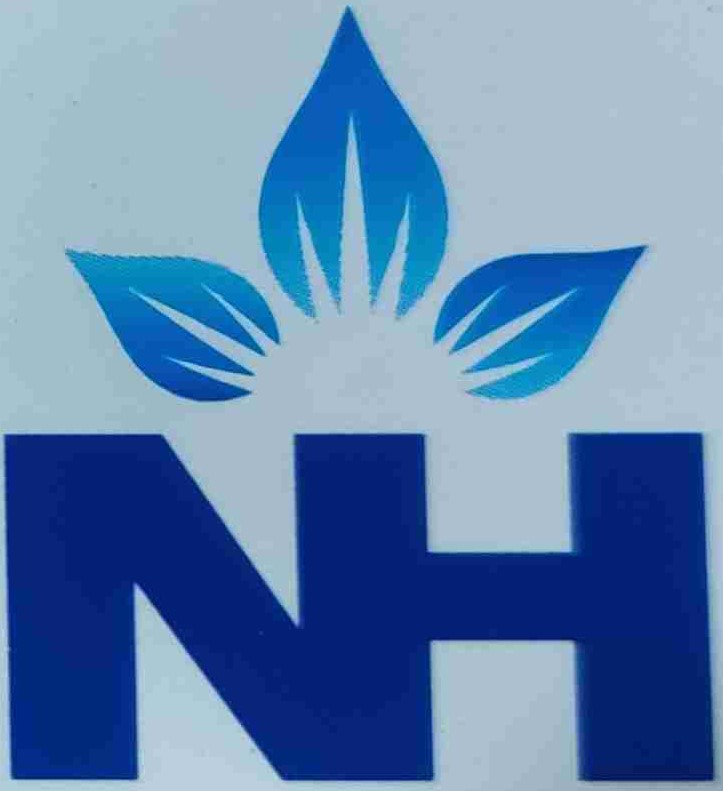Gallstones are a common medical condition affecting the gallbladder (a small organ present beneath the liver). These hardened deposits can cause significant discomfort and may require medical intervention.
Causes:
Gallstones form when there is an imbalance in the substances that make up bile (a fluid secreted by the liver to aid digestion).
The two main types of gallstones are:
- cholesterol stones: form when there is an excess of cholesterol
- Pigment stones: these occur due to excessive bilirubin levels.
Factors that contribute to gallstone formation include
- Obesity
- A high-fat diet
- Rapid weight loss
- Certain medical conditions (such as diabetes and liver cirrhosis)
- Genetics
- Hormonal changes
Symptoms
Not all individuals with gallstones experience symptoms. However, when symptoms occur, they often include:
- Severe pain in the abdomen (upper abdomen) or back (biliary colic).
- Nausea and vomiting.
- Indigestion or bloating after meals.
- Jaundice (yellowing of the skin or eyes).
- Clay-colored stools and dark urine.
Diagnosis:
Diagnosing gallstones typically involves a combination of medical history review, physical examination, blood tests to assess liver function, and imaging tests.
Ultrasonography is commonly used to visualize the gallbladder and confirm the presence of gallstones. Additional imaging techniques like CT scans or MRIs may be employed to provide more detailed information.
Treatment:
The treatment approach for gallstones depends on the severity of symptoms and the presence of complications. In asymptomatic cases where gallstones are discovered incidentally, treatment may not be necessary. However, if symptoms are present or complications arise, treatment options include:
- Medications: Certain medications can be prescribed to dissolve cholesterol gallstones.
- Cholecystectomy: A surgical process to remove the gallbladder. It is the most common treatment, often performed using minimally invasive techniques.
- Other procedures: In some cases, non-surgical procedures like lithotripsy (breaking up the stones with sound waves) or endoscopic removal of stones from the bile ducts may be performed.
If you suspect you may have gallstones or experience any related symptoms, it is important to consult your doctor for proper evaluation and guidance.


